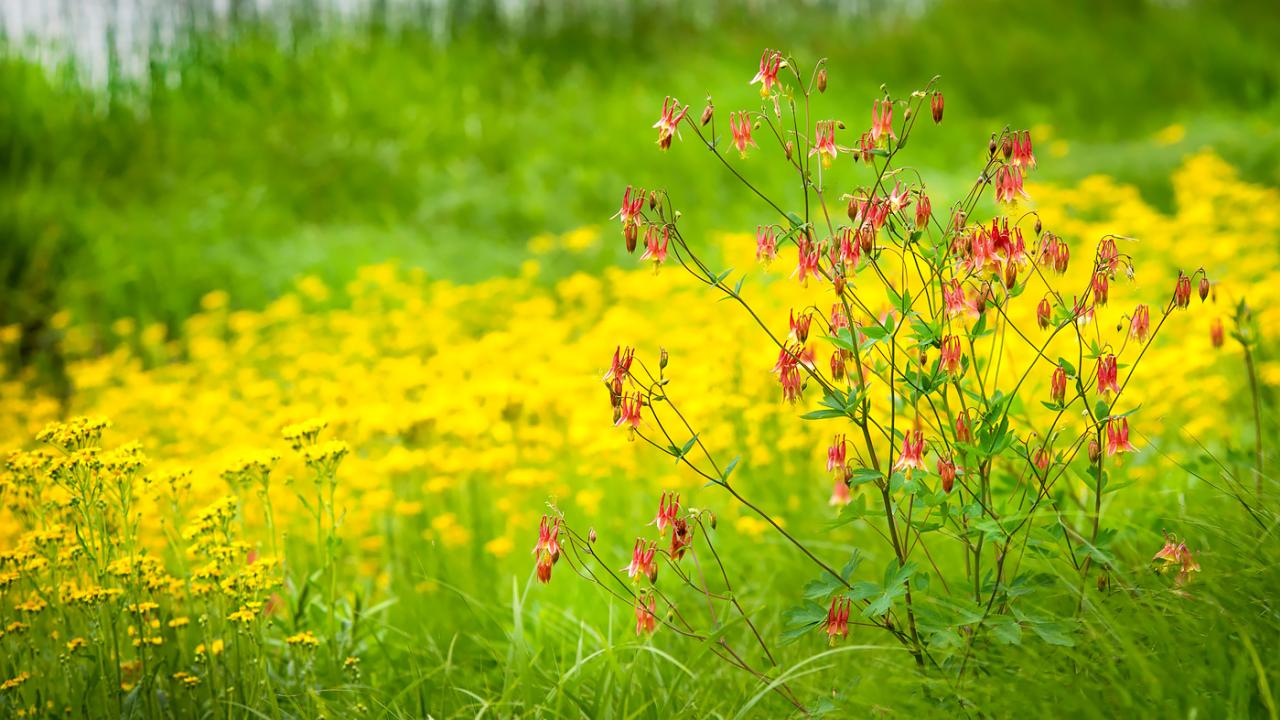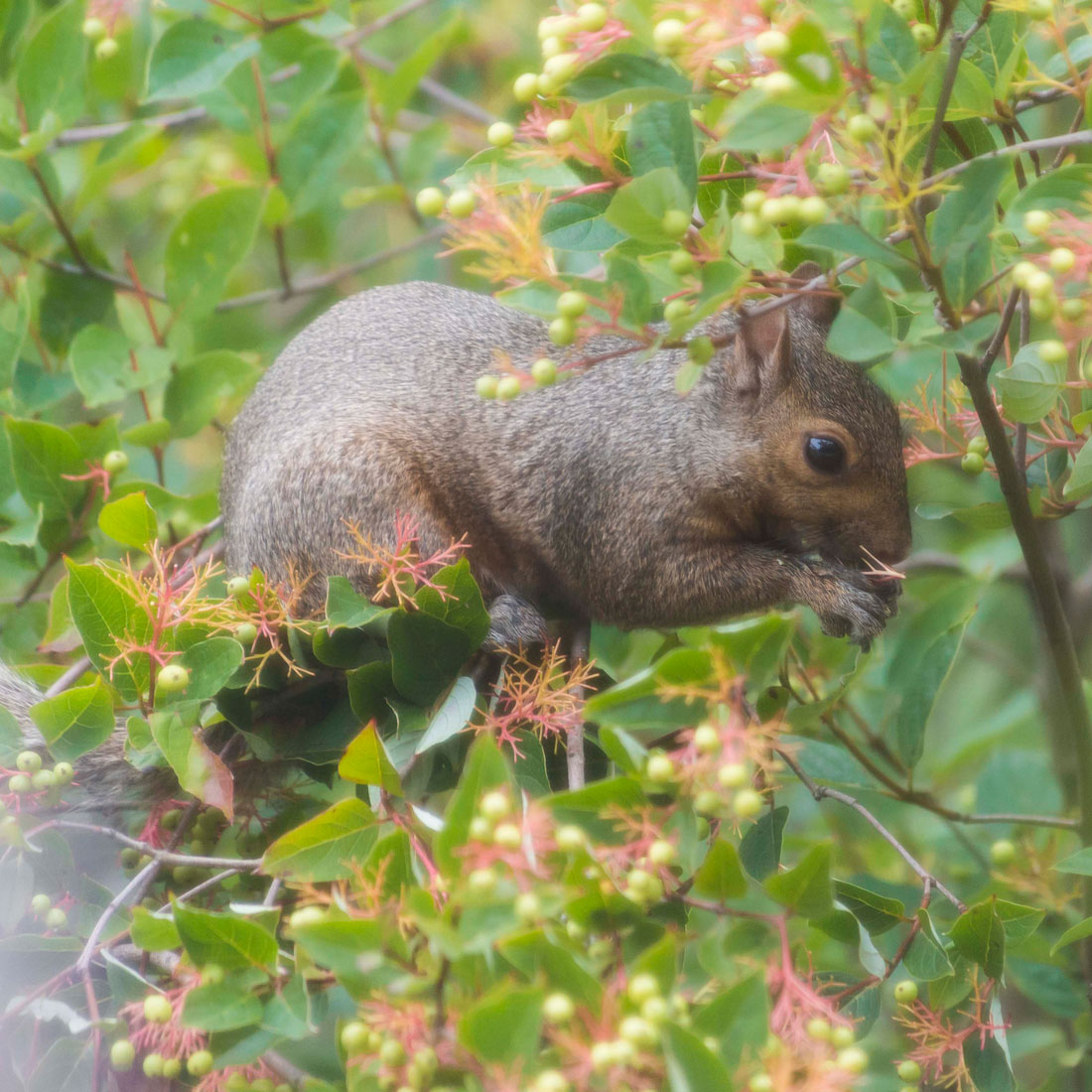

Plant Science &
Conservation
Garden Stories
Why we need green spaces
Wildlife and plants are constantly on the move. Birds, deer, and even water animals cross trails, roads, and waterways to seek food or habitats that are necessary for their survival, and the seeds of plants can travel by wind or other means to establish in new green spaces.



This constant migration reminds us we are all connected. What I might see in my backyard or at the Chicago Botanic Garden, you might see too in your own neighborhood or at one of the Forest Preserves of Cook County.
These green pathways are vital for plants and wildlife, and the Garden and the Forest Preserves work to protect those habitats and green spaces. As the Garden’s president and CEO, I appreciate that these greenways provide a necessary connection for humans too.
A recent study showed that people who spend two hours a week in green spaces were substantially more likely to report good health and psychological well-being than those who don’t. In our increasingly digital lives, a wildlife sighting is a reminder that we all share the same fragile planet, that we all are interconnected. You know when there’s a hawk sighting at the Garden, for instance—everyone outside is looking up; everyone inside is rushing to the windows.
The Garden’s 385 acres are just one part of a great urban green space that highlights the importance of this plant-wildlife-human connection. The Garden in Glencoe lies within the Forest Preserves of Cook County. The Preserves’ 70,000 acres include woodlands, prairies, wetlands, marshes, and savannas that are home to the highest concentration of rare, threatened, and endangered plants in the state—thousands of plants and animals, including more than 100 threatened and endangered species—depend on these natural areas. This biodiversity is important for the survival of our planet.
Those 70,000 acres also benefit humans in a direct way, even if you are not physically there. The Preserves’ millions of trees help absorb pollution and keep our air clean–which has health benefits for us all, including those with asthma. One of the best ways to learn more about those green spaces, and the animals and plants that are found there, is to explore them yourself. The North Branch Trail of the Forest Preserves of Cook County extends 20 miles north from Chicago, and a pathway through the Garden will lead walkers and bicyclists to the nearby Green Bay Trail.
From the south end of the Garden, you will follow alongside the Garden’s McDonald Woods and then through the Forest Preserves’ Turnbull Woods, where you’ll see sedges, grasses, and flowering broadleaf plants like asters and goldenrod that were seeded from our collection.
Head south and you’ll follow the path of the Skokie River, crossing Dundee Road and reaching the Skokie Lagoons. Today, the Skokie Lagoons are a major Forest Preserves recreation hub that offers prime boating and fishing while its restored marshes and ponds are home for wildlife such as gray fox, cormorants, and northern pike. If you have the energy, the trail can take you a full 22 miles south through the Forest Preserves.
For a shorter excursion, visit the Garden’s McDonald Woods. These woods have always been here, but species such as buckthorn threatened to crowd out the oaks before our restoration efforts began. Wander along the path to see what years of work have created in this restored woodland and the wildlife, such as great horned owls, that call it home. And you just might spot rare moths that flock here to pollinate the native plants.
The plant-wildlife-human connection is a strong one. It is worth celebrating—and preserving.







